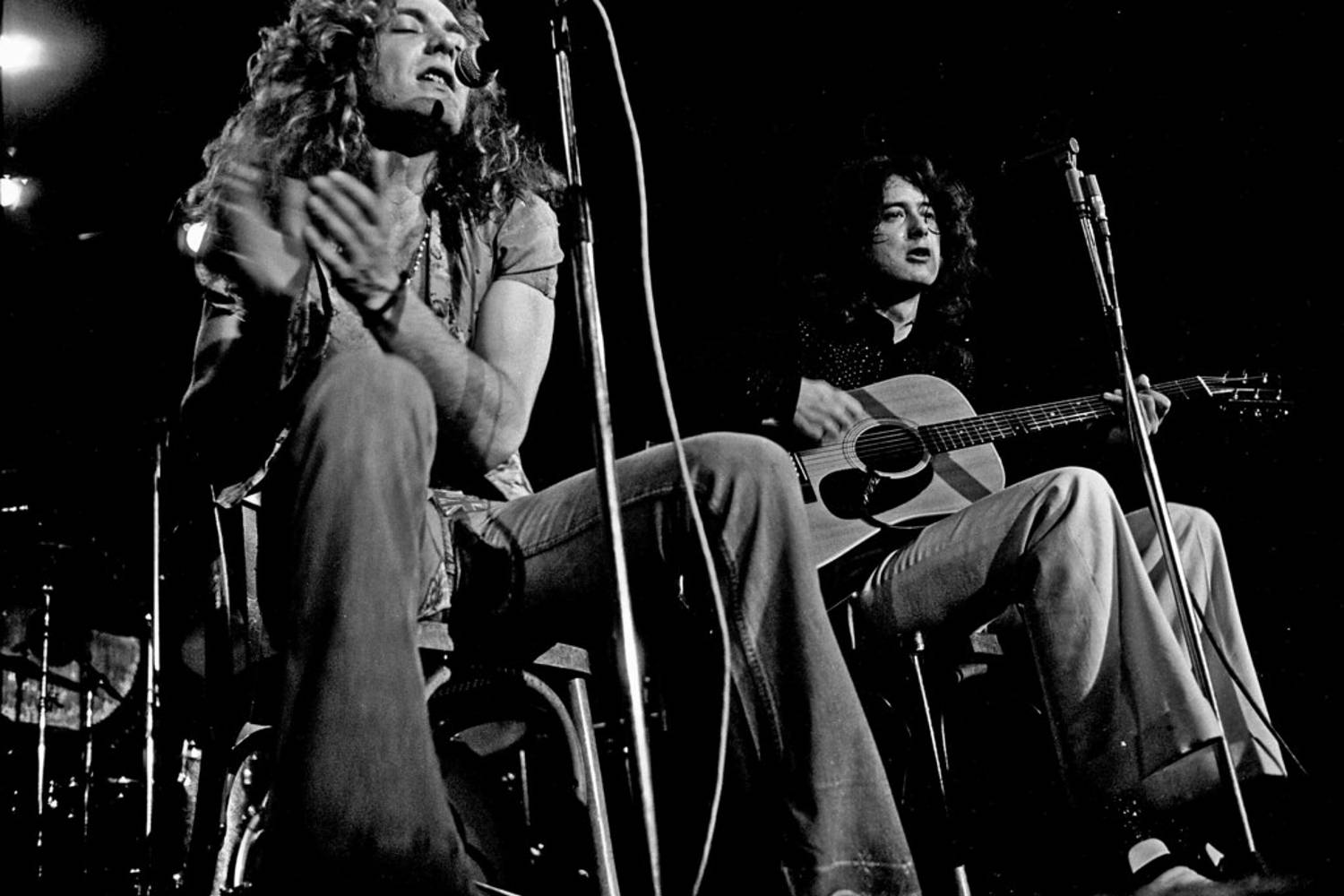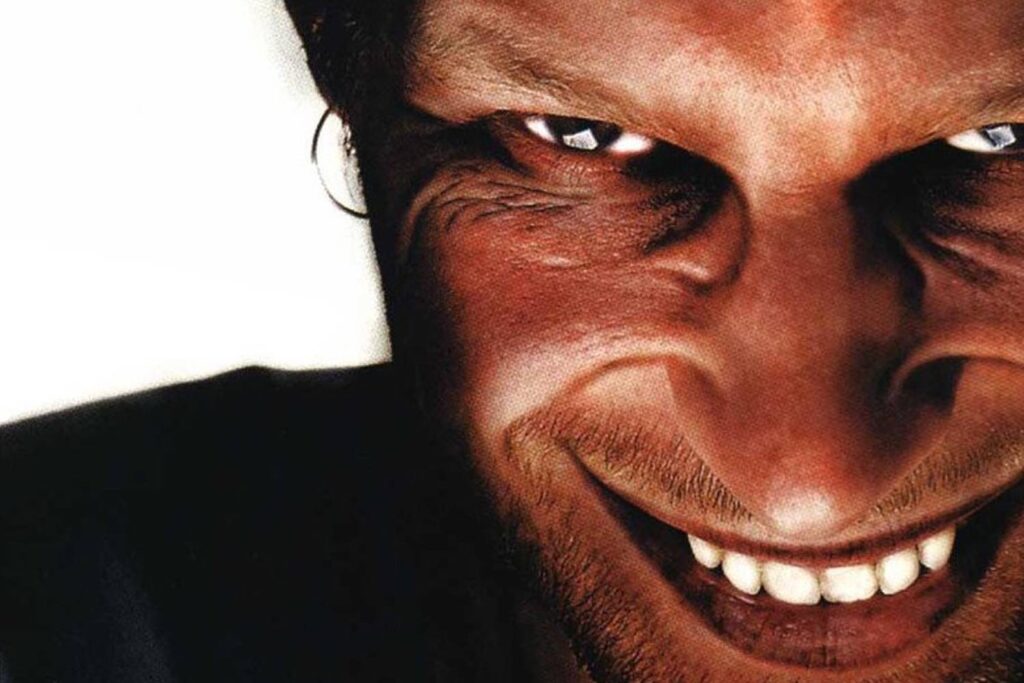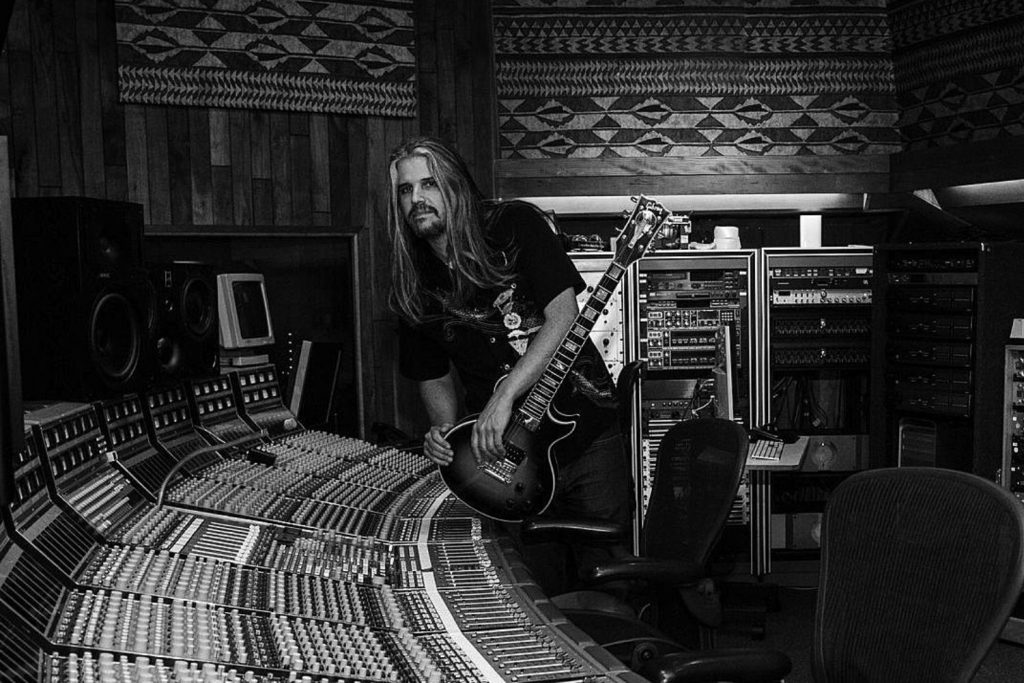Conventionally leaning on a Les Paul and Marshall, he’s also dabbled in Fenders, different Gibsons and some unique pedals!
Jimmy Page has shaped the landscape for guitar as we know it. While pushing the envelope musically with his unique techniques and Led Zeppelin’s take on blues and rock, he also used some unique instruments and tools to shape his tone. Conventionally relying on a Les Paul and Marshall, he’s also dabbled in Fenders, different Gibsons and some unique pedals!
Read all the latest features, columns and more here.
Les Paul Standard
Jimmy Page’s silhouette is rarely witnessed without a Les Paul alongside him. For Led Zeppelin I, Jimmy used a Telecaster extensively, almost exclusively, but more on that later! Led Zeppelin II onwards saw Jimmy with a Les Paul standard strung across his shoulder. Having owned a Les Paul Custom, the Les Paul Standard piqued his interest further.
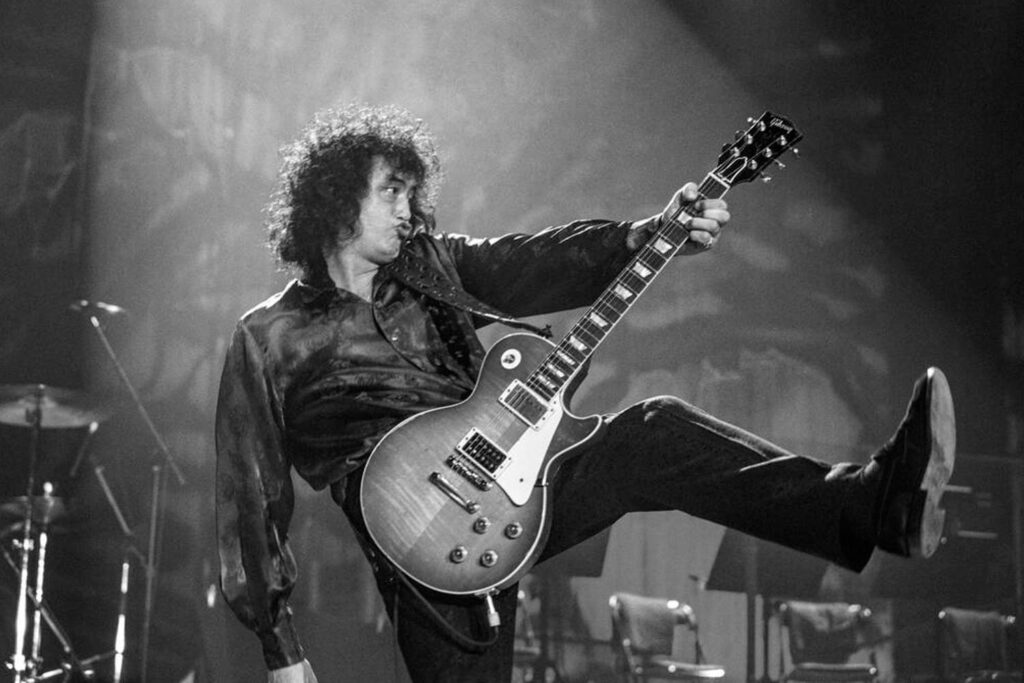
Customs conventionally have a mahogany body for a darker tone, but coupled with an ebony fretboard they balance themselves out. However, Les Paul Standards feature a maple cap on the mahogany body, as well as a rosewood fretboard for an overall more balanced sound. Jimmy’s world shifted as the Les Paul allowed him to harness the full-bodied humbucker tones of a Les Paul, while having the controls available to dial it back if he needed. Jimmy would play multiple Les Paul Standards before the Zep’ eventually disbanded in 1980.
Marshall Plexi/1959SLP
Another Plexi devotee, Jimmy Page used Marshalls throughout his career, primarily a 1959SLP, or “Plexi”. The multiple inputs allow for extra tone options, pushing the preamp to breakup, while conventionally only having one volume.
During Zeppelin’s peak, he’d have walls of Marshall cabs powered by multiple heads, Zeppelin playing venues big enough for him to really push them to overdrive. His use of Les Pauls allowed him to push and pull the input levels to clean up or distort his tone when needed.
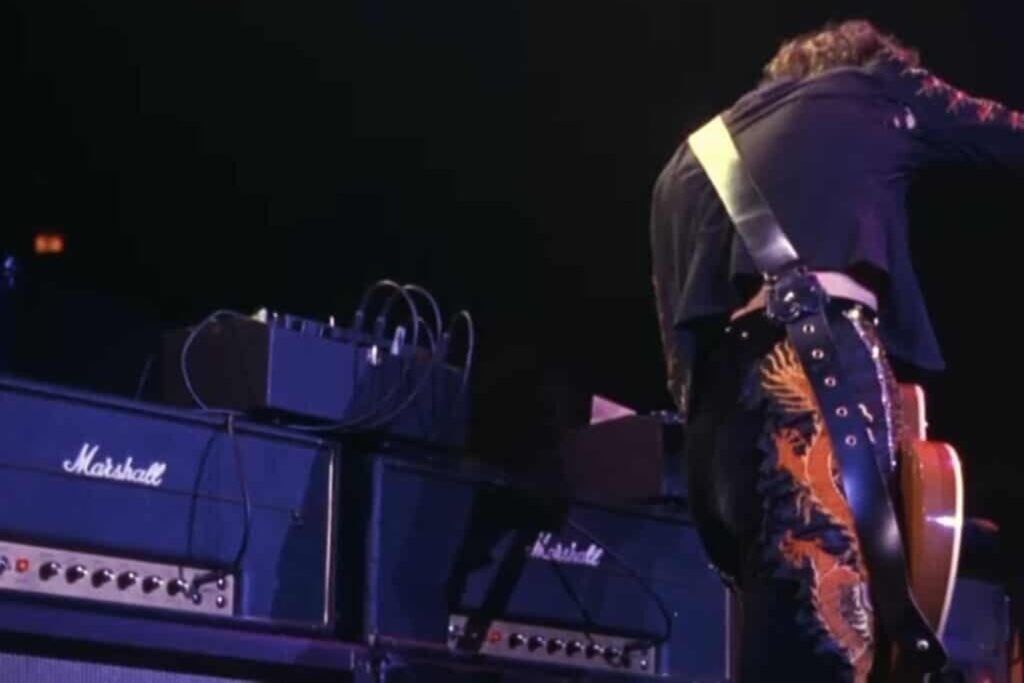
Gibson EDS-1275
Famously used to perform “Stairway to Heaven”, the EDS-1275 allowed Jimmy Page to recreate the different parts of the song, of which he’d used a Harmony guitar, Fender Telecaster, and electric 12-string in the studio.
The EDS-1275 is a reasonably conventional electric, featuring dual humbuckers and allowing players to switch between both halves of the guitar with a single switch, the whole guitar controlled by two volumes and two tones knobs like a regular SG.
Fender “Mirror” Telecaster and “Dragon” Telecaster
Some of Jimmy’s more famous guitar include the “Mirror” Telecaster and the “Dragon” Telecaster, both immortalised in Fender signature models, but they’re actually the same guitar.
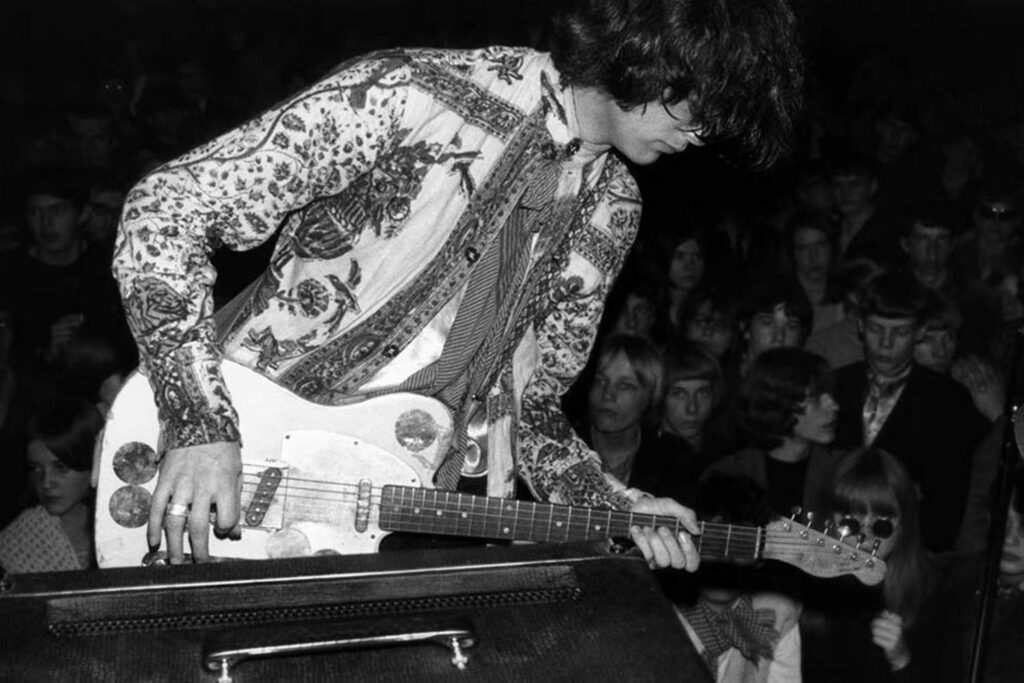
From the factory, the 1958 Tele was White Blonde with a lacquer finish, Page adding mirrors to the guitar’s finish in the late 60s, helping cement it as one of his more identifiable guitars. The mirrors helped the guitar stand out, reflecting stage lights and the crowd. This only lasted a few months, before Page stripped it back to bare wood and repainted it himself, displaying the now-iconic “Dragon” graphic.
This guitar went on to be stripped back again, fitted with a Parsons B-Bender in 1976 and painted brown.
Violin bow
Instruments aside, one of Page’s more well-known techniques was his use of a violin bow, applying the slow attack and sustain of a bow’s to create unique, psychedelic tones for Zeppelin.
Violin bows work by making strings vibrate, and when fretted (per se in the case of the violin, a fretless instrument) can be pitched. The use of a violin bow can be seen in live versions and heard on songs like “Dazed and Confused”, “How Many More Times” and “In the Evening”.
Jimmy page effects pedals
Building on his violin bow technique, Page used the bow in conjunction with a Univox Univibe, a booster pedal with a lot of gain.

In addition to modifying some of Page’s other pedals, Roger Mayer also built his own pedals, page using a Roger Mayer Fuzz Box for fuzzy tones.
Page also used an MXR Phase 90 for sections of “Immigrant Song”, and for live use.
Shop Gibson’s double neck guitars here.
